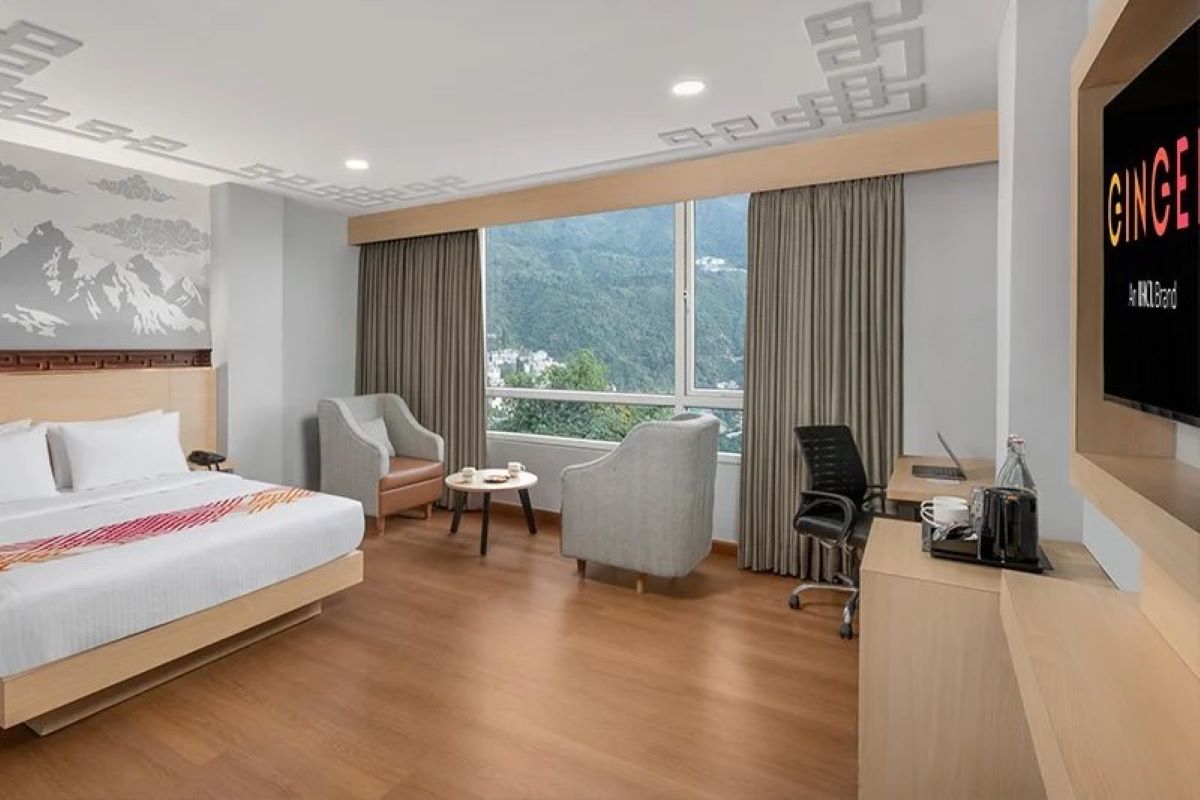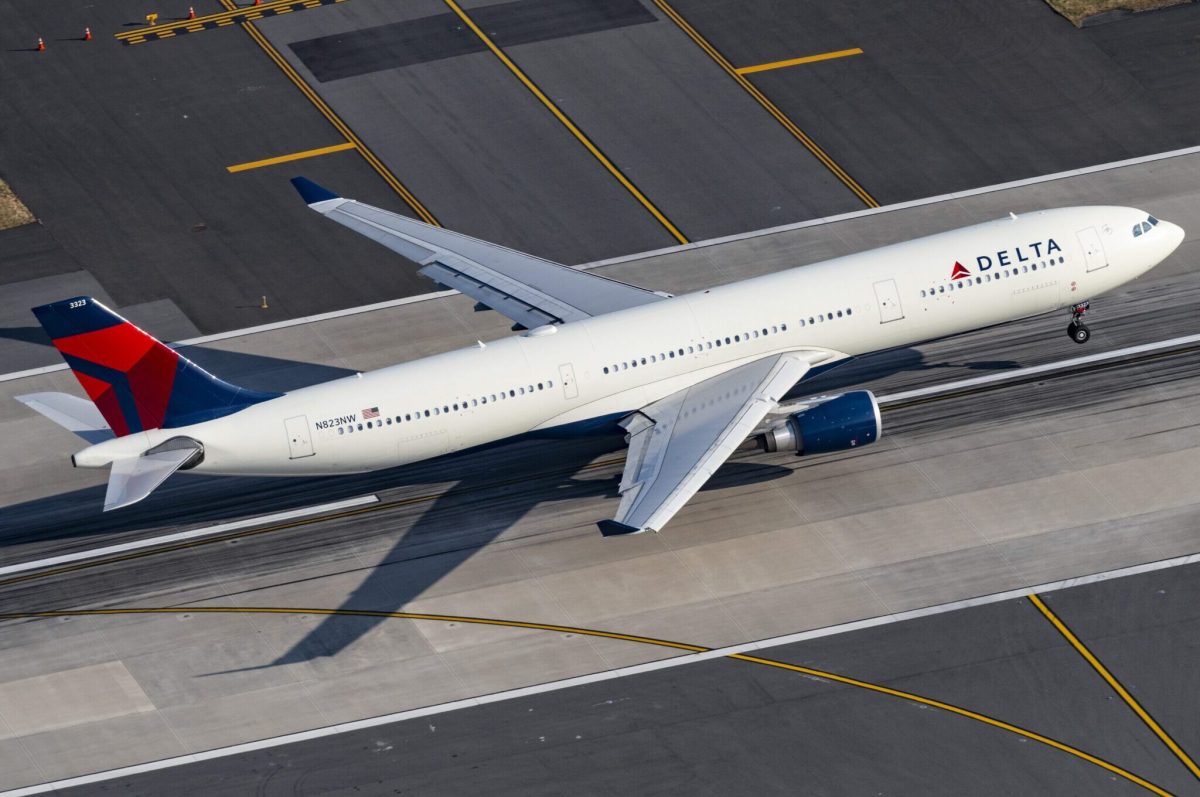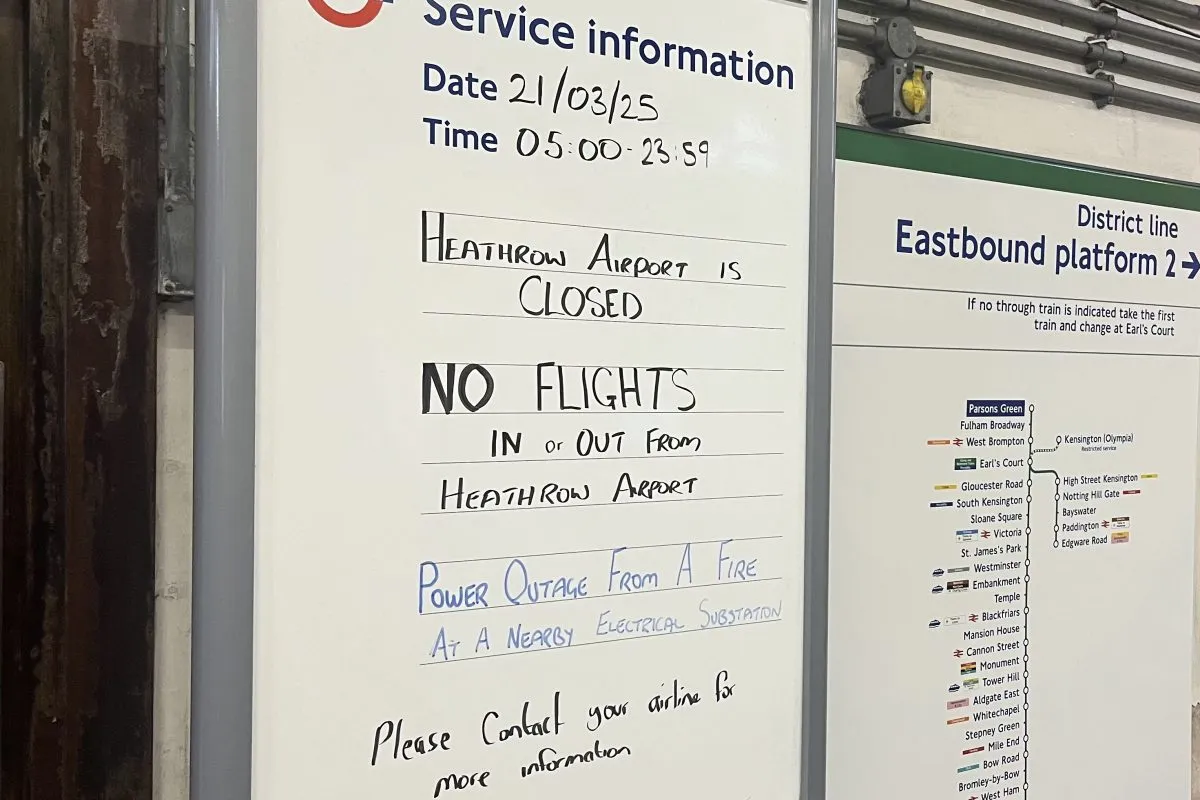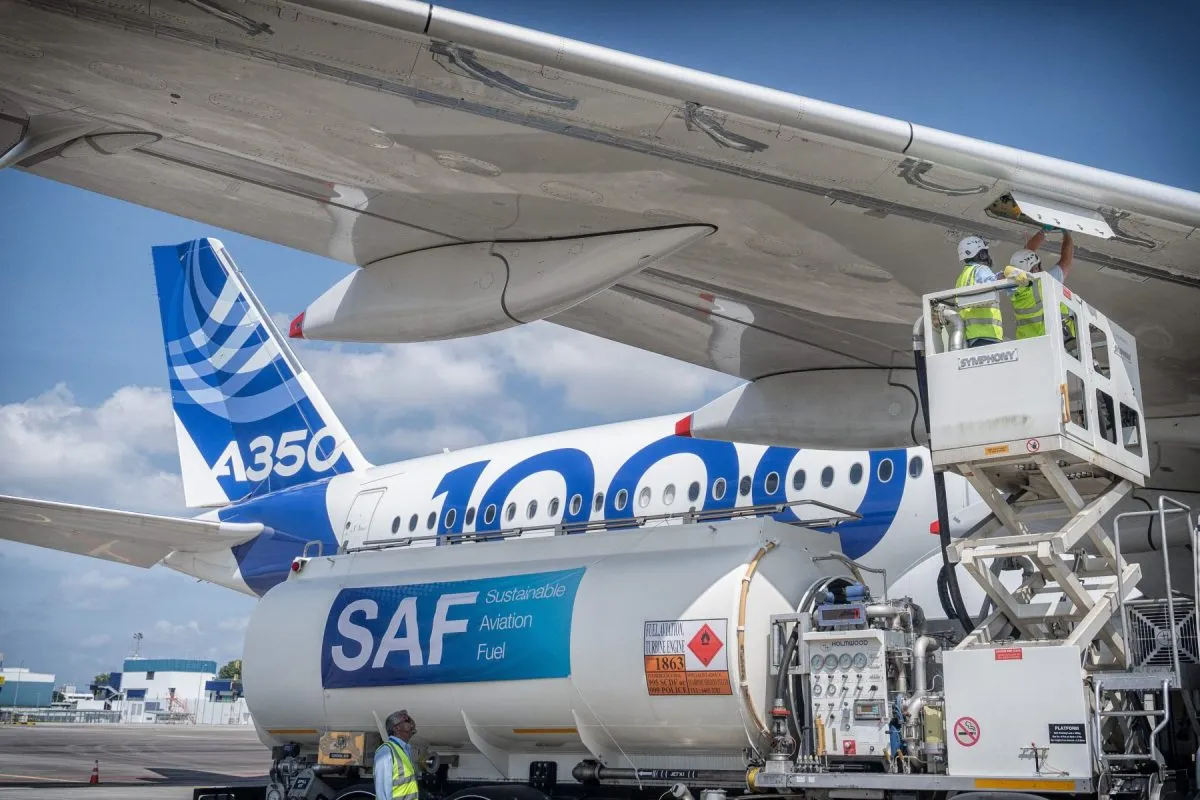India's Homegrown Hotels Brands Vs. Global Players

Skift Take
Domestic mid-market hotel brands in India have competitive edge over international players and hotel technology company Hotelogix says in a new whitepaper. Mid-market Indian hotel brands account for 60% of the total branded rooms in India, it noted.
India has several hospitality chains operating in the mid-market segment. Indian Hotels Company (IHCL) operates 3-star hotel chain Ginger, while Sarovar Hotels operates Sarovar Portico and Tulip Inn brands in the mid-market segment. Hospitality chain Oyo also launched Oyo Townhouse to cater to the mid-market segment. Budget hotel chian Treebo Hotels also has a mid-segment brand called Treebo Premium.
The report said that mid-market brands with limited rooms can grow significantly in Tier-2, 3, and 4 cities. “This surge is driven by international brands' considerable challenges in establishing operational capabilities in these regions, where 80%-85% of demand comes from domestic sources,” the paper noted.
International hotels are also entering the smaller markets through tie-ups with Indian companies. Radisson Hotel Group, for instance, has tied up Treebo Hotels to establish Park Inn and Suites by Radisson branded properties in Tier-2 to Tier-5 markets. Accor operates its Ibis brand in India through a collaboration with Interglobe Hotels, a hotel developer operating in the midscale segment.
In 2023, about 66% of all added hotels were under domestic mid-market brands, according to Aryavir Kumar, managing director of The Clarks Hotels & Resorts. Of these, 53% were in Tier-3 and 4 cities.
Competitive Advantages: The whitepaper said that these brands are well-positioned to offer differential experiences, as these companies understand the regional market dynamics better and can blend local elements into their services.
“The advantage of home-grown mid-segment brands is their ability to deliver customized services instantly based on guest needs. This is a major advantage as international brands often offer cookie cutter experience owing to their sheer size and not so flexible policies,” Hotelogix said.
Domestic brands are also better placed to forge more flexible contracts with suppliers and have more competitive cost structures, it added. “Property owners and travel agents in Tier-3 and 4 cities are more likely to work with growing mid-segment domestic brands, which can offer domestic travelers personalized experiences.”
Additionally, the investment required for each room is a bigger challenge for international chains in India. “For global players, the cost of setting up and operating hotels in India often doesn’t align with their expected return on investment (ROI). Home-grown hotel brands can achieve quicker ROI and faster break even.”
Challenges Still Remain: Domestic brands, however, continue to face certain challenges. Retention of staff is one of them. “Domestic hotel brands often face challenges in attracting and retaining staff compared to international hotel brands. The allure of working for well-established international chains, higher pay scale, perceived career growth opportunities, and the appeal of a global work environment often make it difficult for home-grown brands to compete for top talent,” the report said.
These mid-market brands also often face issues in expanding to Tier-1 markets due to high real estate costs and labor costs, coupled with strong competition. These markets are also likely to be saturated with established international hotel chains having strong presence and customer loyalty.
The whitepaper noted that while these brands are successful and likely to continue growing in smaller markets, they would need to innovate to establish their presence in Tier-1 cities. Hotelogix said that there is scope as the Indian hotel market is projected to reach $47.5 billion in 2030. Moreover, contracts for domestic brands increased 70-75% in 2022 as compared to 2019, indicating that they are in a favorable position.
IndiGo Announces Second Business Class Route
Budget airline IndiGo has announced the second route where it will operate its business class product ‘IndiGoStretch’. IndiGo will commence the service on the Delhi-Bengaluru route starting January 10. By March, IndiGoStretch will be offered on all 15 daily flights between Delhi and Bengaluru, the airline said.
IndiGo offers the business class service on the Delhi-Mumbai route. It plans to incorporate IndiGoStretch on all 20 daily flights on the route in January next year.
Skift’s Asia Editor Peden Doma Bhutia had earlier reported that the airline plans to gradually expand the service to most metro-to-metro routes. By the end of 2025, the service is expected to be operational on 12 routes.
Uttar Pradesh Working on Heritage Tourism Policy
The department of tourism in Uttar Pradesh is developing a heritage tourism policy. It is consulting with heritage property owners, hotel groups, and investors to refine the draft before submitting it for approval.
Through the policy, the government aims to encourage reuse of heritage buildings by offering incentives. The heritage policy has been devised to encourage a Rajasthan-like model.
In Rajasthan, heritage properties such as palaces, forts, havelis, and small old homes are bring used for accommodation or activities for tourists. This is being done in view of increasing preference for experiential travel.
“This initiative not only sustains Rajasthan’s tourism economy but also revitalizes these properties, allowing them to continue telling stories of the past and become self-sustaining economic models,” said Prateek Hira, chairman of UP Tourism Committee under Federation of Indian Chambers of Commerce and Industry (FICCI), a trade body.
Thai Airlines Ramp Up Operations to India
Three major airlines in Thailand have announced new direct flights to India to capitalize on the surge of tourists from India. Thai AirAsia X is set to commence direct flights between Bangkok and Delhi later this month. Also this month, Thai Lion Air will commence direct flights to Chennai and Kolkata.
Thai Vietjet has also announced its plans to commence daily direct flights between Bangkok and Mumbai on December 22.
Indian tourists to Thailand are expected to surpass pre-pandemic numbers this year. Through November this year, over 1.9 million Indian travelers have visited the nation: The same number as in full 2019. India is the third-largest source market for international tourists, after China and Malaysia in 2024 so far.
Surge in Winter Tourism
Winter tourism is emerging as a travel trend among Indians. Travel services company Thomas Cook India has noted a 33% increase in online searches for winter experiences among Indian travelers. These experiences include Christmas markets and light ups, soft adventure and winter sports, seasonal food, and unique stays.
Indians are preferring international destinations such as Switzerland, France, Germany, Austria, the UK, Norway, Sweden, Finland, and Japan for such travel experiences. Within India, Gulmarg, Spiti, Auli, Nainital, Northeast India, Coorg, and Ooty are top destinations, Thomas Cook noted.
IHG Debuts in Ayodhya With Holiday Inn Express
IHG Hotels and Resorts has signed a hotel in Ayodhya under the Holiday Inn Express brand. The 125-key hotel is scheduled to open in 2028. This is in line with IHG’s strategy to grow in India by focusing on high-growth markets in India, including key spiritual destinations.
Ayodhya has emerged as a key religious destination in India after its revamp and the consecration ceremony of the temple dedicated to Lord Ram. In the first half of 2024, the city received more than 110 million visitors, according to the Uttar Pradesh government. For context, Vatican City attracts approximately 9 million tourists yearly, while Mecca in Saudi Arabia welcomes around 20 million.





